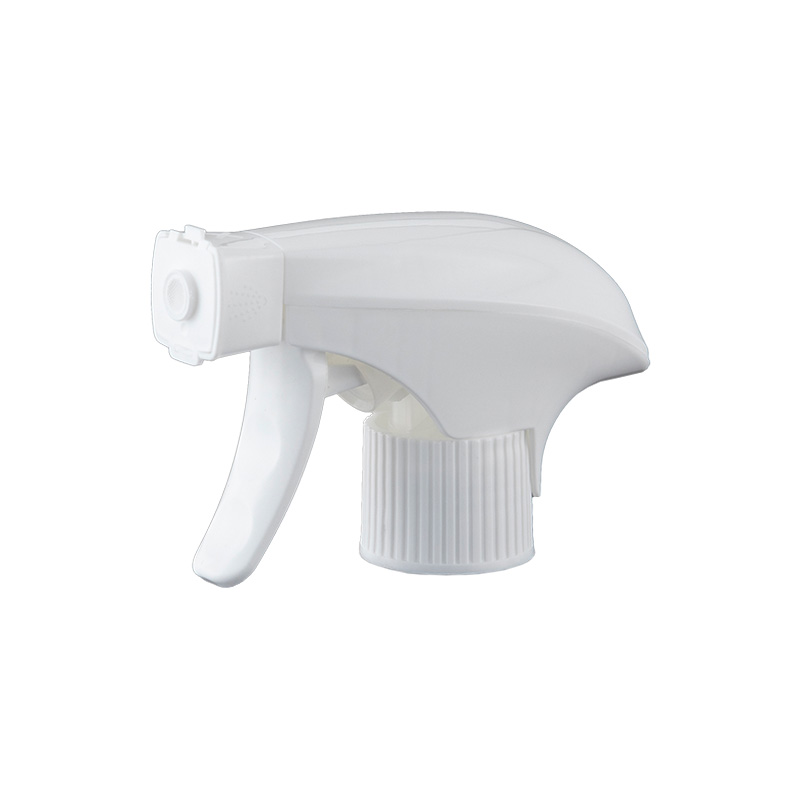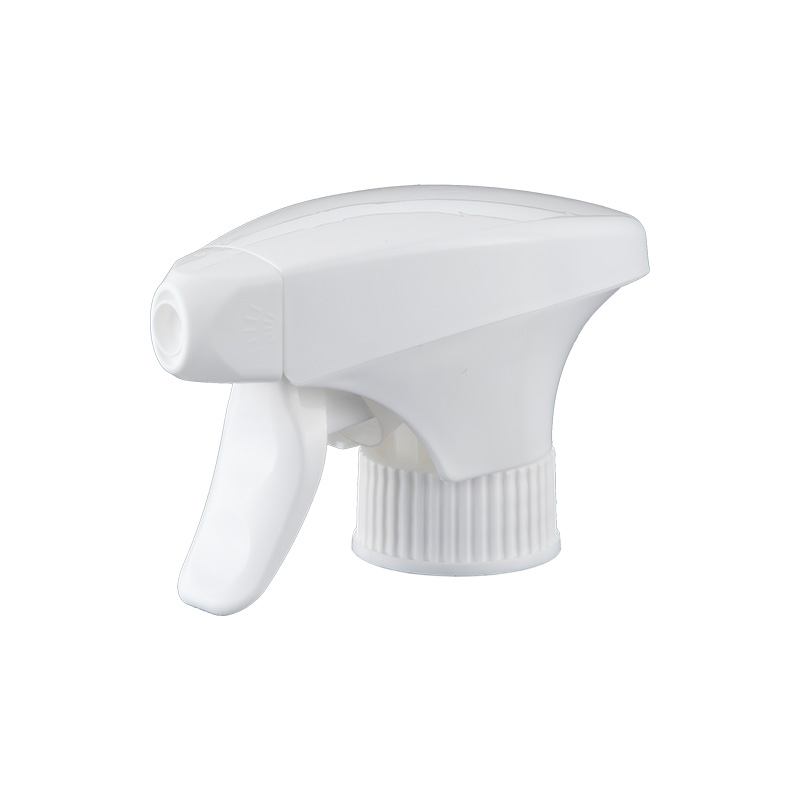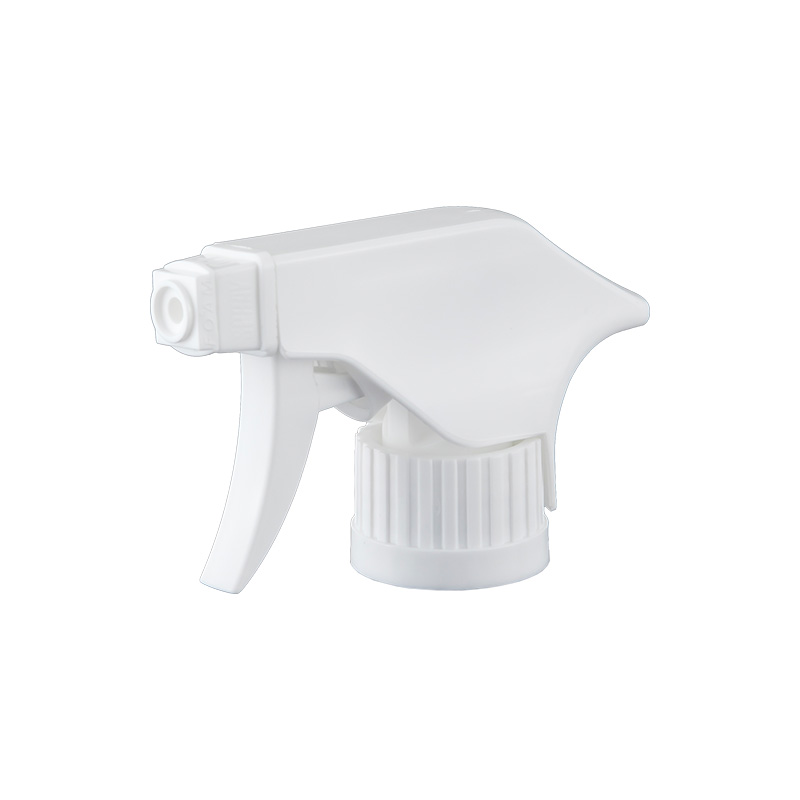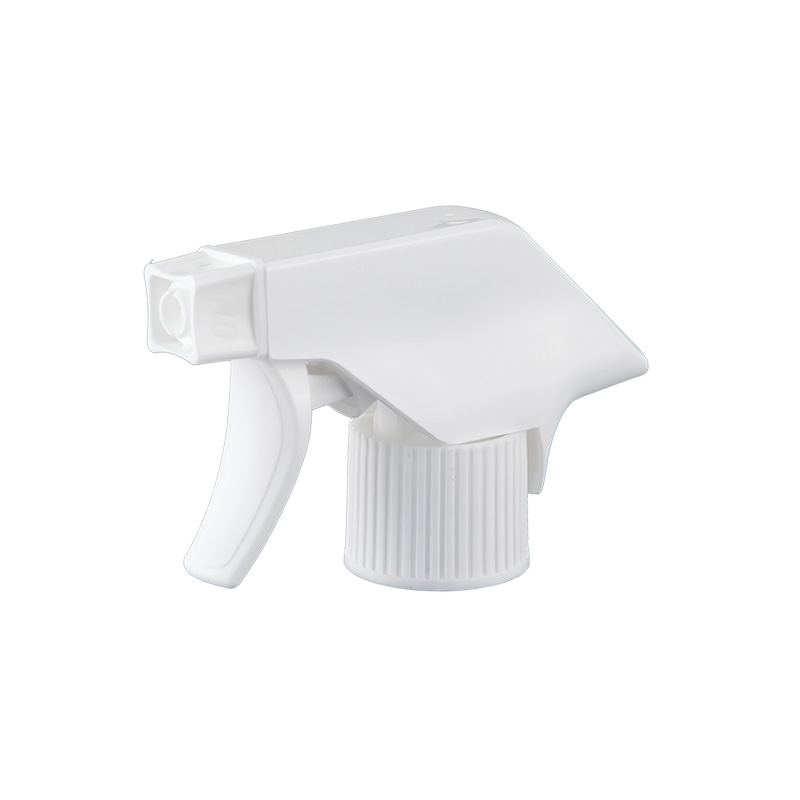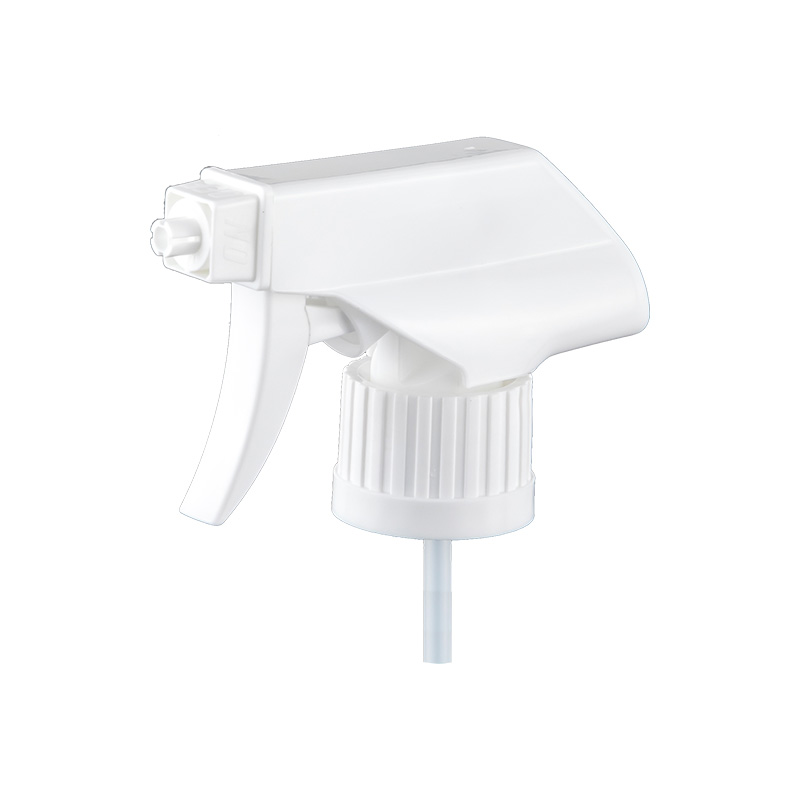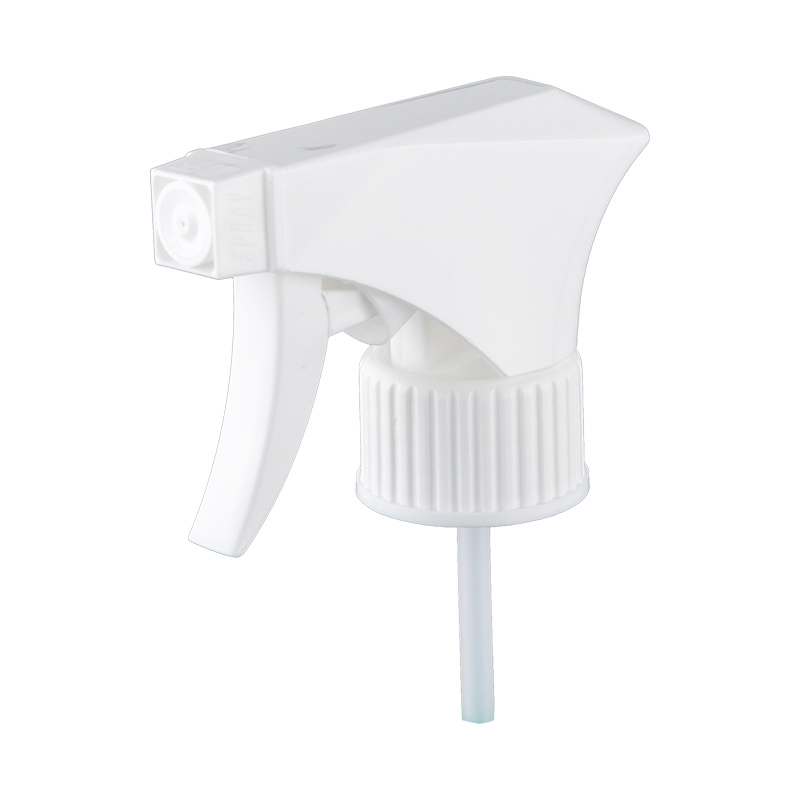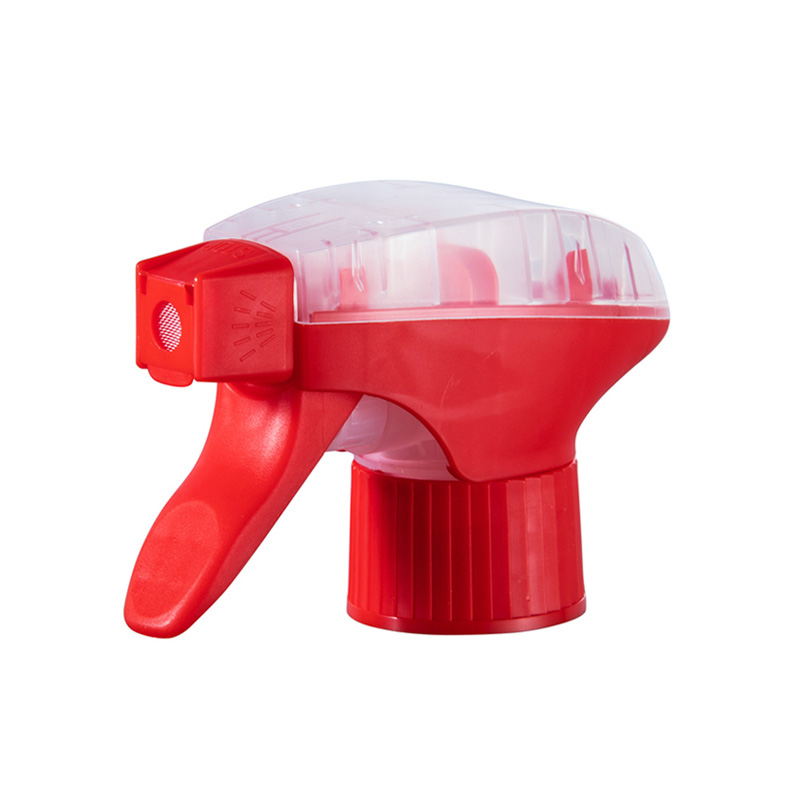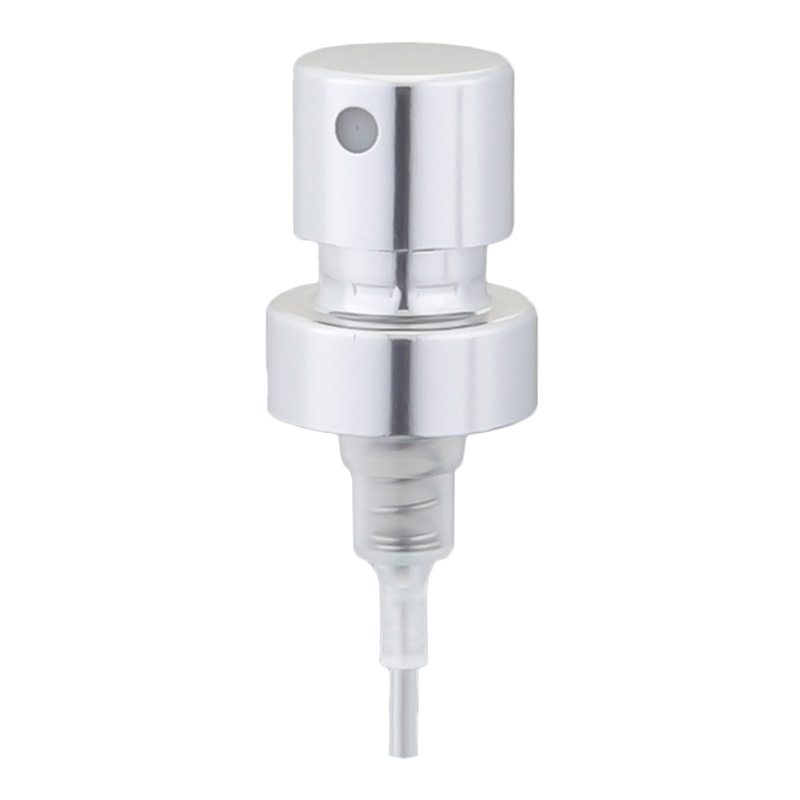Precautions for precision mold processing
Precautions for precision mold processing
1. Shrinkage rate of precision injection molding: During the molding process of plastic varieties thermoplastics, due to the volume change caused by crystallization, the internal stress is strong, the residual stress frozen in the plastic part is large, and the molecular orientation is strong. Therefore, it is related to thermosetting properties. Compared with plastics, the shrinkage rate is larger, the shrinkage rate range is wide, and the directionality is obvious. The shrinkage rate after molding, annealing or humidity conditioning treatment is usually larger than that of thermosetting plastics. liquid dispenser pump Suppliers
2. Fluidity of precision injection molding: The fluidity of various plastics also changes due to various molding factors. The main influencing factors are as follows:
①The higher the temperature of the material, the higher the fluidity, but the difference between different plastics.
②When the pressure of precision injection molding increases, the molten material will be greatly sheared, and the fluidity will also increase, especially PE and POM are more sensitive, so the injection pressure should be adjusted to control the fluidity during molding.
Injection mold
③ The form, size, arrangement, cooling system design, flow resistance of molten material and other factors of the casting system of the mold structure directly affect the actual fluidity of the molten material in the cavity. Liquidity is reduced.
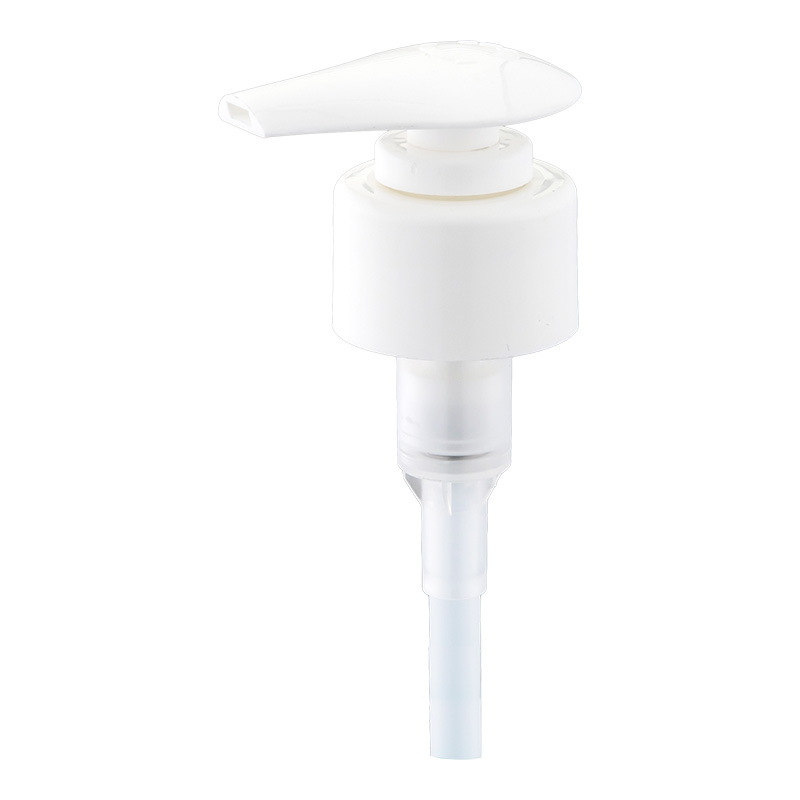
3. Crystallinity of precision injection molding: Thermoplastics can be divided into two categories: crystalline plastics and amorphous plastics according to the fact that there is no crystallization phenomenon during condensation. The so-called crystallization phenomenon is that when the plastic changes from molten state to condensation, molecules move independently. , completely out of order, becomes a phenomenon in which the molecules stop free movement, in a slightly fixed position, and have a tendency to make the molecular arrangement a regular model.
4. Precision injection processing of heat-sensitive plastics and easily hydrolyzed plastics:
Heat sensitivity means that some plastics are more sensitive to heat, and the heating time is long at high temperature or the cross-section of the feed port is too small, and when the shearing action is large, the material temperature increases and is prone to discoloration, degradation, and decomposition. Plastics are called heat-sensitive plastics.
5. There are various additives in precision injection molding hygroscopic plastics:
To make it have different degrees of affinity for water, plastic injection molding can be roughly divided into two types: hygroscopic, adherent to water, and non-absorbent and not easy to adhere to water. The water content in the material must be controlled within the allowable range, otherwise at high temperature, Under high pressure, moisture becomes gas or hydrolysis occurs, which causes resin foaming, decreased fluidity, and poor appearance and mechanical properties.
In the process of injection molding, the quality of injection molding products is very important for both manufacturers and users. How to improve the quality of products in the process of injection molding?
Injection molding mold temperature: Every injection molded part has a surface temperature limit. If this limit is exceeded, one or more adverse effects and results will occur, if the temperature is too high.
Injection processing pressure: It directly affects the appearance of the injection molded parts, including the surface lubricity, etc. If it is the pressure formed by hydraulic oil, it will affect the movement speed of the resin, but if it is the pressure formed in the mold cavity, then it is the same as the pressure in the mold cavity. The appearance of pits and wrinkles are related.
Related Products
Ningbo Seng Cze Macrospray Co., Ltd.

 English
English 中文简体
中文简体
